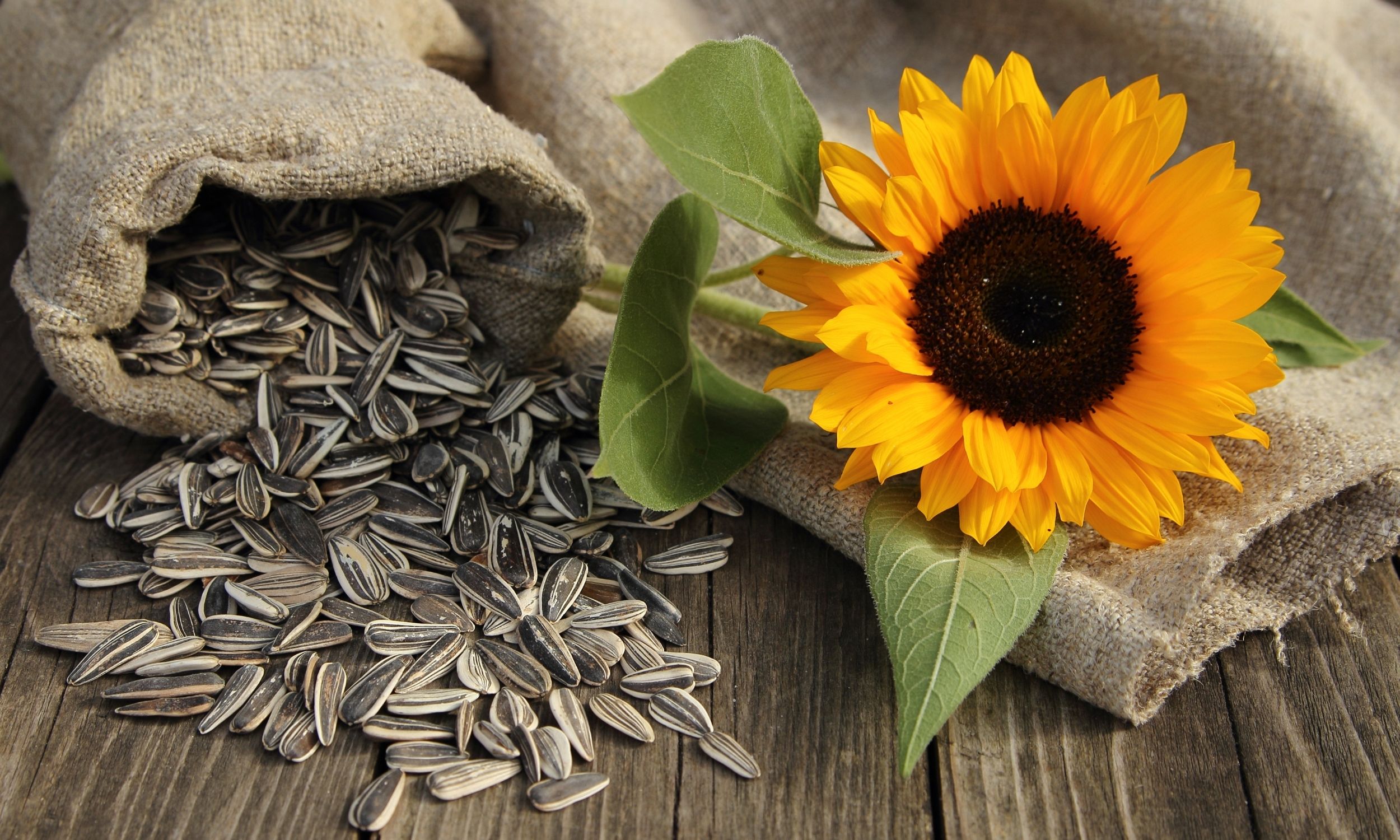Year of the Sunflower
Jasmina Dolce at The National Garden Bureau has declared 2021 the Year of the Sunflower!! And after a year like 2020 it seems very fitting that a flower that brings so much joy to everyone is chosen. Some might even say it is a sign of hope and new beginnings.
“To help promote gardening and create excitement and inspiration at the retail and consumer levels, the National Garden Bureau (NGB) selects a handful of crop categories to celebrate each year. As part of its “Year of” program, the selected categories receive promotion directly from the NGB and all members of the industry are encouraged to engage with their customers to help support the initiative.”
So let’s take a look at this beautiful and easy to grow flower to see what makes it so amazing!!
Disclosure: Some of the links below are affiliate links, meaning, at no additional cost to you, I will earn a commission if you click through and make a purchase.
History:
Sunflowers originated in the Americas and domestic seeds dating back to 2100 BC have been found in Mexico. Native Americans grew sunflowers as a crop, and explorers eventually brought the flowers to Europe in the 1500s. Over the next few centuries, sunflowers became increasingly popular on the European and Asian continent, with Russian farmers growing over 2 million acres in the early 19th century (most of which was used to manufacture sunflower oil).

Sunflower Types:
Sunflowers can be annual (Helianthus annuus) or perennial (Helianthus maximiliani), but most modern sunflowers are annuals.
Single Stem vs Branching Sunflowers:
Single stem sunflower varieties are best for high-density plantings and produce consistently beautiful flowers on tall stems. Succession planting will be needed for continuous Year of the Sunflower blooms throughout the season.
Branching varieties produce flowers on multiple shorter stems throughout the season, which makes them ideal for sunflowers all season long.
Single stem: ProCut® Series, Sunrich™ Series, and Vincent® Series
Branching: Autumn Beauty Mix, Soraya (AAS Winner), SunBuzz, Suncredible®, Sunfinity™
Pollen vs Pollen-free Sunflowers:
Sunflowers that produce pollen are a great option for gardeners focused on supporting pollinators or for those looking for a lower price point.
Many modern sunflower varieties are bred to be male sterile, or pollen-free, to help foster extended vase life and a nice, clean appearance. These also keep your table clean from pollen!
Luckily, there are many varieties of both pollen and pollen-free:
Pollen-free: Moulin Rouge, ProCut Series, Sunbuzz, Sunrich Series, and Vincent Series
Pollen: Soraya (AAS Winner), Ring of Fire (AAS Winner), and Valentine
Stay Connected and Get the Latest
Sign up with your email address to receive access to our FREE farmhouse living resources.
Height/Size of Sunflowers:
Another way to distinguish sunflowers is by their height and size. Smaller, ornamental sunflower varieties, such as the Sunrich or ProCut series are only a few feet tall, while American Giant Sunflowers can grow to be 15+ feet. Depending on their height, the size of the flower will also change with larger flowers on the taller varieties.
Tall: American Giant, Kong, Mammoth, Sunforest
Dwarf: Smiley, Sunbuzz, Suntastic, Teddy Bear, Suntastic Yellow with Black Center (AAS Winner)

Sunflowers for Edible Seeds:
Some varieties have been bred to produce large, edible seeds that are great for snacking. The seeds are ready to harvest once the petals have withered and the seeds can be seen.
Edible seed types: Feed The Birds, Mongolian Giant, Skyscraper, Super Snack Mix, Titan
How to Grow and Care for Sunflowers:
Sunflower seeds can be direct sown after the risk of frost has passed or started indoors. Seeds should be sown ¼” to ½” deep and kept moist. Taller, larger sunflower varieties have a large taproot to keep them rooted and do not do well when they are transplanted so direct sowing of those varieties is recommended. Choose a site, or a container, in full sun, with average fertility and good drainage.
For more details on how to grow sunflowers click HERE.
Recommendations for the best vase life:
If you’re growing sunflowers for cuts, here are some recommendations to extend the vase life of your flower.
Cut when the petals or ray flowers just begin to open, before they have opened off the disc completely. It is recommended to cut in the early morning before the heat of the day.
Remove the leaves below the water line and place in freshwater or properly measured fresh flower food solution.
Check water regularly; sunflowers are heavy drinkers and can empty a bucket or vase overnight.
Change water daily; sunflowers have what some call a dirty stem, as the water quickly turns cloudy with potential for bacterial issues.
Sunflower Books we Love!!
Our favorite book about sunflowers would have to be the Sunflower House by Eve Bunting.
Are you ready to grow sunflowers in your backyard? Then you are going to want to learn more!! Check out ALL of our Sunflower Post.
